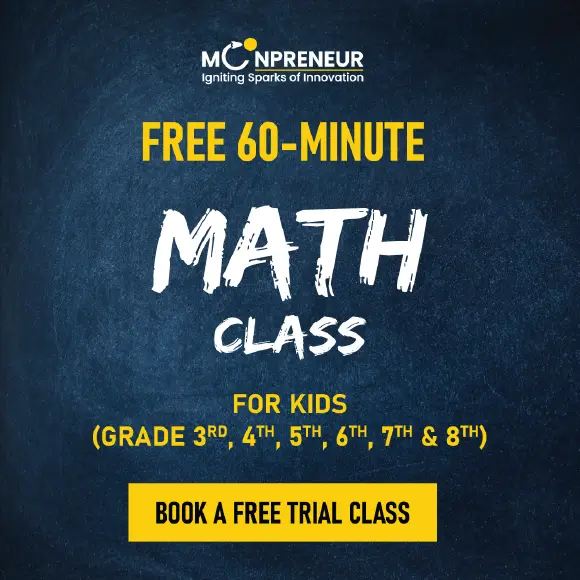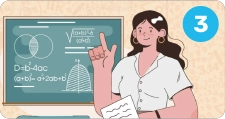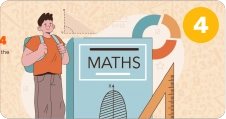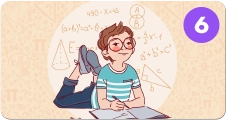Update: This article was last updated on 5 Mar 2025 to reflect the accuracy and up-to-date information on the page.
Paravartya Yojayet is one of the popular sutras of vedic maths that presents a new method of solving problems. Also referred to as the paravartya sutra or paravartya yojayet sutra, this technique means “Transpose and Apply.” It presents a special method of transposing one mathematical operation to another, tending to simplify complicated calculations.
Recommended Reading: MATH ANXIETY: SYMPTOMS, CAUSES, AND HOW TO OVERCOME
What Does “Transpose and Apply” Mean?
In short, to transpose is to swap or change the locations of two things. In math, this might mean changing one operation into another—like changing subtraction into addition in some equations. This concept is behind the paravartya yojayet strategy and makes it a good technique to use when confronted with division and other operations.
Subtraction, for instance, can be transposed into addition in specific formulas.
Transpose and Apply are often utilized when dividing numbers whose divisor is a little more than any power of 10 and begins with 1.
Suppose you need to divide a big number (dividend) by a small number (divisor).
Determine the complement of the divisor, which is subtracting each digit of the divisor from 9.
For example, if the divisor is 24, its complement would be 75 (9 – 2 = 7 and 9 – 4 = 5).
Divide the dividend by the divisor without taking into consideration any remainders and note down the quotient.
Take the quotient found in step 3 and multiply it with the complement of the divisor and note down the result.
Take away the result found in step 4 from the dividend and note down the remainder.
If there are additional digits in the dividend, bring down the next digit and iterate steps 3 to 5 until all the numbers have been worked through.
The final result will be the concatenation of the quotients worked out in Step 3, and the remainder worked out in Step 5 will be the remainder of the division.
Let us demonstrate this method through an example
Divide 785 by 24.
Complement of 24: 9 – 2 = 7, and 9 – 4 = 5.
Therefore the complement is 75.
Divide 785 by 24: Quotient = 32 (ignore the remainder).
Multiply the quotient by the complement: 32 x 75 = 2400.
Subtract 2400 from 785: 785 – 2400 = -1615 (negative value indicates remainder).
Since we have no more digits in the dividend, the final result is the quotient obtained: 32, and the remainder is -1615.
Therefore, the division of 785 by 24 using the Paravartya Yojayet method gives a quotient of 32 and a remainder of -1615.
Why Use This Vedic Maths Sutra?
This vedic maths sutra is one of the larger group of sutras of vedic maths aimed at making calculations easier and less anxiety-provoking. Through mastering and using the paravartya yojayet technique, students and fans can usually find more natural solutions to difficult arithmetic problems. Not only does it improve calculation speed but also gives greater insight into the nature of numbers and operations.
Moonpreneur understands the needs and demands this rapidly changing technological world is bringing with it for our kids. Our expert-designed Advanced Math course for grades 3rd, 4th, 5th, and 6th will help your child develop math skills with hands-on lessons, excite them to learn, and help them build real-life applications.
Register for a free 60-minute Advanced Math Workshop today!


















What are the 4 main Vedas?
Four main types of Vedas are the Rigveda, Samaveda, Yajurveda, and Atharvaveda.
Who originally wrote Vedas?
Veda Vyasa is believed to have compiled them in written form.